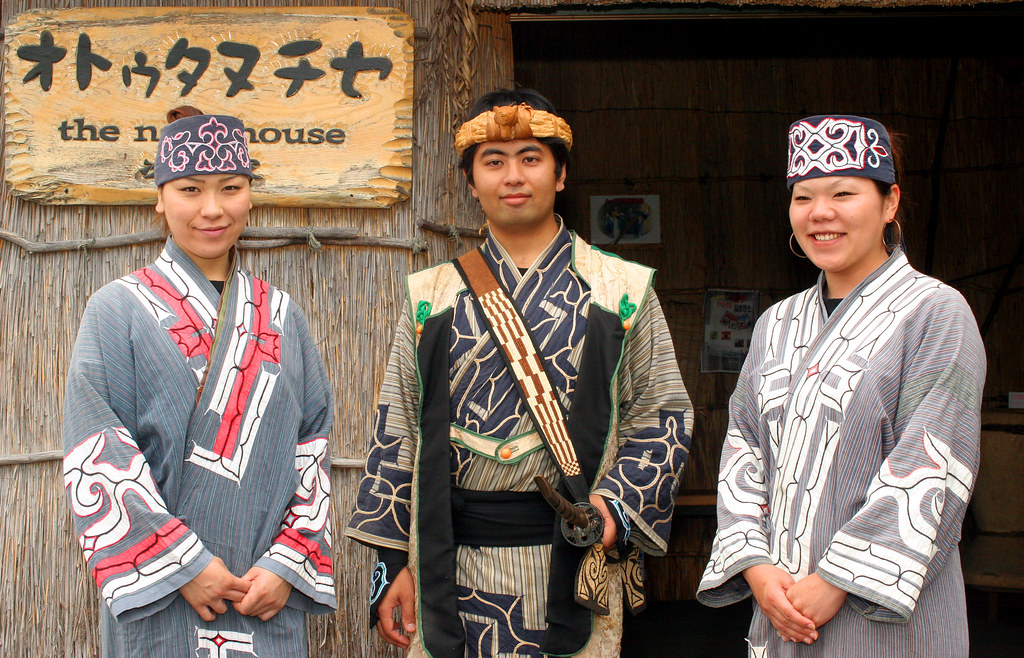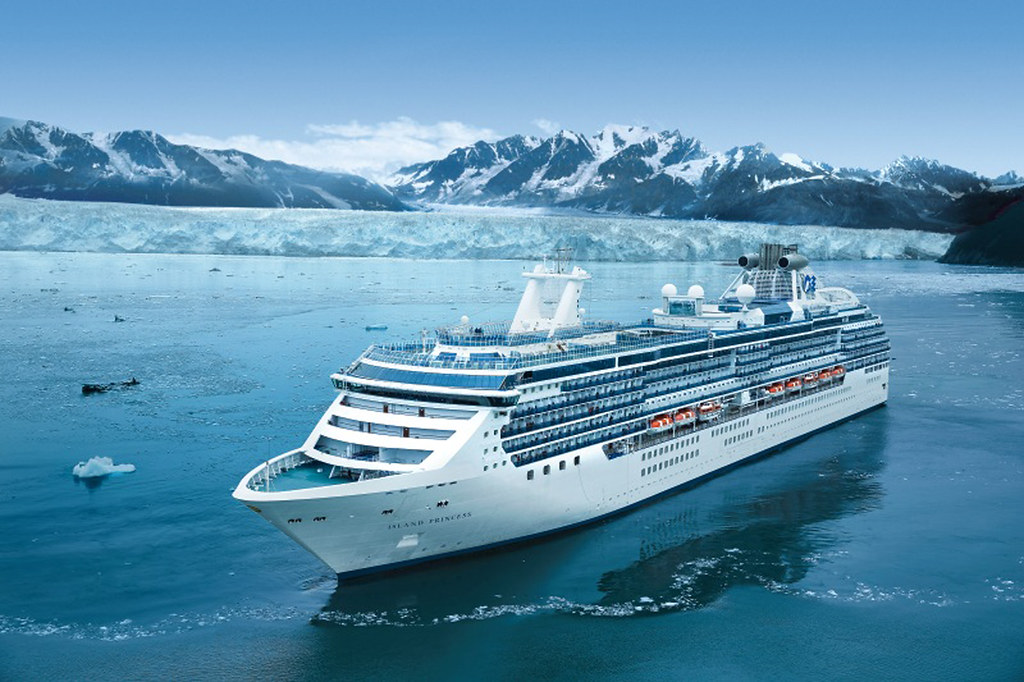

Signature Dish Black Ginger


Peter Chapman returns to Phuket and checks the refurbished The Slate ResortThe popularity of holidays in Thailand has led developers to continue investing heavily in building larger and more luxurious resorts.
I experienced their commitment first hand on my recent visit to Phuket when I hired a car for a day tripping expedition.
Heading out of Patong I travelled for about two hours north crossing the new Thao Thepkrasattri Bridge towards Bangkok.
A diversion towards the coastline in the Khok Kloi district revealed some of the newer five star resorts that had recently been completed.
I was taken aback because they seemed to be literally built in the middle of nowhere making me wonder how investors could quantify spending millions on these magnificent resorts.
The tourism market in the area is strong, but the addition of more players is likely putting extra pressure on all owners to provide exceptional value for money.
The rise of social media critiques means the former complaint at the front desk is now shared for the world to see and take notice of.
Many potential tourists spend hours reading reviews before making a deposit.
Adding extra pressure on Thai operators has been the dramatic drop off of Chinese tourists following last year's boat tragedy off Koh He when almost 50 died.
While new resorts battle to build their markets the many that have been around for years are looking closely at how they can maintain and build on their loyal customers.
One of those resorts is The Slate at Nai Yang Beach, just 15 minutes from Phuket Airport.
The Slate changed its name from Indigo Pearl just a few years ago to mark a new direction in its journey.
It was a bold move considering under its previous name it was recognised as one of the best luxury resorts in Thailand.
I'd stayed there in 2013 to write a story about its award and came away saying it was one of the best resorts I'd ever been to.
The only Asian resorts I thought measured up to it were the Sofitel in Nusa Dua and St Regis in Langkawi.
Wondering about its change of name and what was different from the old Indigo Pearl I booked in for four days at the end of my recent Thai holiday.
When you have a beautiful resort to start with there is really not much more you can do to improve it other than to do your maintenance and look at your services.
The new Slate has maintained the industrial theme that made the Indigo Pearl a "wow" resort, but there has been some noticeable changes.
Mother Nature has taken care of the most noticeable with the gardens growing further to now enclose the resort into a tropical escape.
The second change has been the service. It was excellent before; now it is first-class. Good English is mandatory for their staff, and you never pass by a team member without them saying hello with a courteous bow of their head.
The Slate is one of the more expensive resorts in Phuket, but as far as value for dollar goes it's still a great buy.
It's a special treat that you will always cherish.
One day, when I win the lottery, I will return and book out a Pool Villa Suite for a week.
They have to be seen to be believed; they even come with your own butler and chef.
RATINGS:
The Slate Resort. Nai Yang Beach
Rooms: 8/10
Food: 9/10
Service: 9/10
Overall: 9/10
https://www.theslatephuket.com/Words: Peter Chapman
Images: As supplied


















